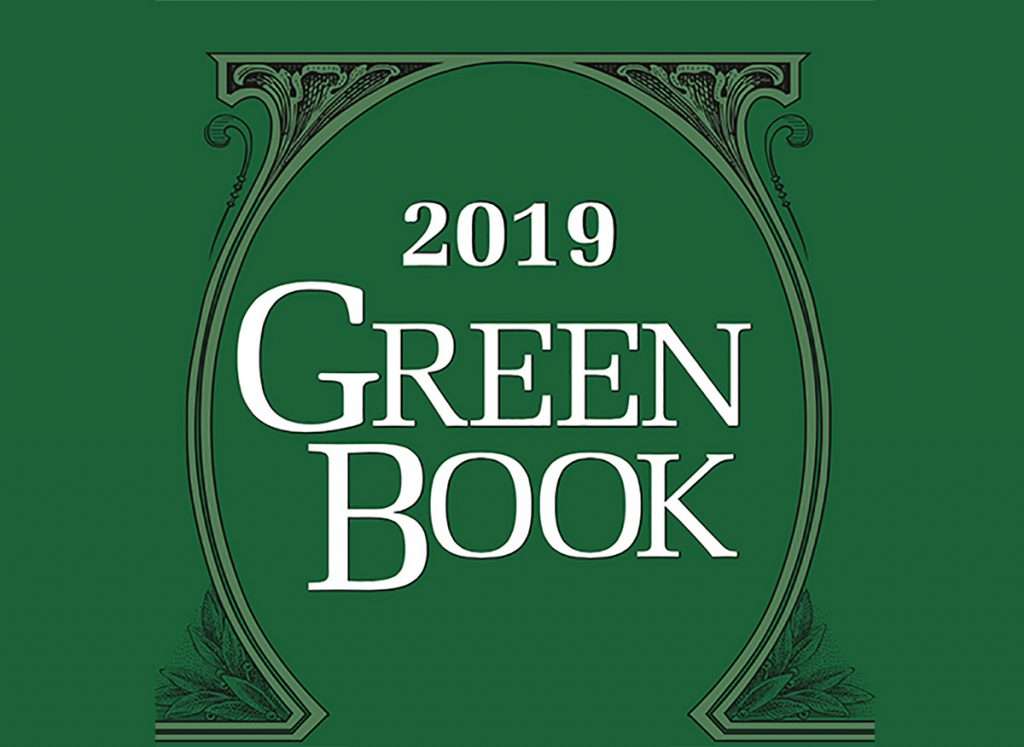While comparing economic activity among the 50 states one glaring fact sifts through amid the details: States that spend less, tax less…and they have better economic performance.
Each year in what we call the Green Book, KPI explores the relationship between economic growth and the size of government. Why do some state economies do better than others?
The true secret to having a low tax burden is not geography, climate, or availability of natural resources but a simple matter of mathematics: states that spend less are able to tax less. Every state offers the same basket of services (e.g., education, social services, and highways), but some states provide those services at a better price and pass the savings on to citizens in the form of lower taxes.
Sustained economic prosperity and job growth is available to those that adopt a “Better Service, Better Price” culture, where government constantly strives to provide the same or better quality of service at a better price and keeps tax burdens low.
The size of local government is likely the greatest factor in Kansas’ local property tax problem. On a residents per unit of general-purpose government (cities, counties, and townships) basis, Kansas ranks #48 among the fifty states and has more than five times the national average number of local government entities, with 1,459 residents per unit of general-purpose government versus a national average of 8,353 residents per unit of GPG.
In many Kansas counties, government jobs account for more than a third and sometimes more than half of total jobs. The economic benefits of reducing state taxes will be diminished until substantive action is taken to reduce the local government footprint in Kansas.
Listen to a short podcast from Choosing Freedom with Dave Trabert, that breaks down some of the 2019 Green Book data.




